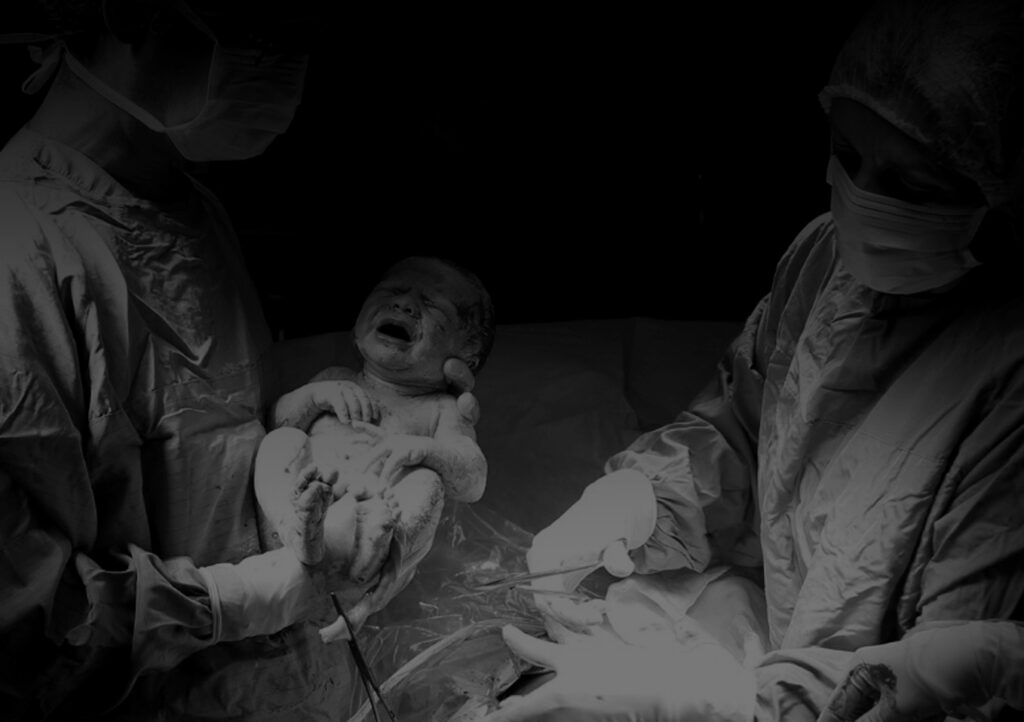Childbirth is a miraculous journey, and the majority of deliveries are uncomplicated. Certain situations, however, necessitate medical intervention to ensure the safety and health of mother and baby. Doctors have many tools and options to rely on when a delivery is not proceeding normally. This article explains when and why forceps or vacuum extraction-assisted deliveries occur, the potential risks, and the legal implications in the event of complications.
What is Assisted Delivery?
During labor, progress can sometimes stall, and the baby may not descend as expected. In such scenarios, especially if there are increased risk factors in mom or baby, the healthcare team might consider an assisted or operative vaginal delivery. In these cases, forceps or vacuum extraction are used as an aid to help the baby out of the birth canal. Forceps look like large spoons that are carefully placed around the baby’s head and used to guide the baby out of the birth canal. Vacuum extraction (ventouse) involves attaching a suction cup to the baby’s head. The cup is connected to a pump that maintains the suction while the doctor gently pulls it to assist the baby’s head through the birth canal. Forceps and the vacuum extractor should be used only when the baby’s head is sufficiently low in the birth canal, in the proper orientation, and if the forceps or suction cup can be positioned correctly. Careful case evaluation, clear communication with parents, and experience are essential when using these methods. Serious complications and birth injuries can arise from improper use.
Why Assisted Delivery?
The primary goal of an assisted or operative vaginal delivery is to safely expedite the delivery if natural methods falter. If the criteria for using forceps or vacuum extraction are met, it is an alternative to the surgically invasive C-section.
Healthcare providers may recommend assisted delivery to circumvent the complications associated with prolonged labor, signs of fetal distress, and maternal exhaustion. The goal is to ensure the well-being of both mother and baby with as little intervention as possible.
The use of forceps or vacuum extraction must be meticulously performed, requiring the precise placement and carefully calibrated use of traction. For example, if, during the procedure, the suction cup repeatedly detaches or there is evident trauma to the baby, the method should be stopped and other techniques used. After the delivery, both mother and baby must be closely monitored for any signs of complications. Being informed about potential risks of an operative vaginal delivery can help parents make informed decisions.
What are the Risks?
For mothers, the risks of assisted delivery are slightly higher compared to standard childbirth risks and include postpartum bleeding, perineal tears, temporary fecal or urinary incontinence, and blood clots in the legs.
Risks to babies are higher in assisted births and vary by case but can include:
- Cuts on the face or skull
- Facial nerve paralysis
- Skull fractures
- Cephalohematoma-localized bleeding under the skin on the head
- Subgaleal hematoma-severe bleeding under the skin on the head
- Intracranial hemorrhage-bleeding within the skull.
- Damage to the brain or spine
- Birth asphyxia
- Cerebral palsy
How Can Schlesinger Law Offices Help?
While many assisted deliveries proceed without incident, understanding your legal options is crucial if problems arise. The birth injury lawyers at Schlesinger Law Offices have expertise and experience in birth injury cases and can provide the support and guidance you need as you navigate the complex medical and legal landscapes required to get the justice you deserve. We secured a $32 million award for a family whose baby was in distress during delivery. His doctor and hospital medical team ignored signals and test results, which resulted in severe brain damage. Our many record-setting settlements can be seen here.
Our team of experienced lawyers is committed to ensuring that families receive the compensation and support they need in the wake of complications during the birth experience. We offer:
- Free comprehensive case evaluation to understand the specifics of your situation.
- Experts with all the knowledge required to argue your case.
- Compassionate representation focused on securing the best possible outcome for you and your child.
- We work on a contingency basis, meaning there is only a fee if we win your case.
Conclusion
When used correctly, forceps and vacuum extraction can be valuable tools in aiding a safe delivery. However, like any medical intervention, operative vaginal or assisted delivery comes with its own set of considerations. By understanding the process, potential risks, and your legal rights, you will be better prepared to make informed decisions during your childbirth journey.
Remember, in the rare event of complications, the birth injury lawyers at Schlesinger Law Offices are here to provide the support and guidance you need. Your family’s well-being is not just your priority – it is ours, too.


